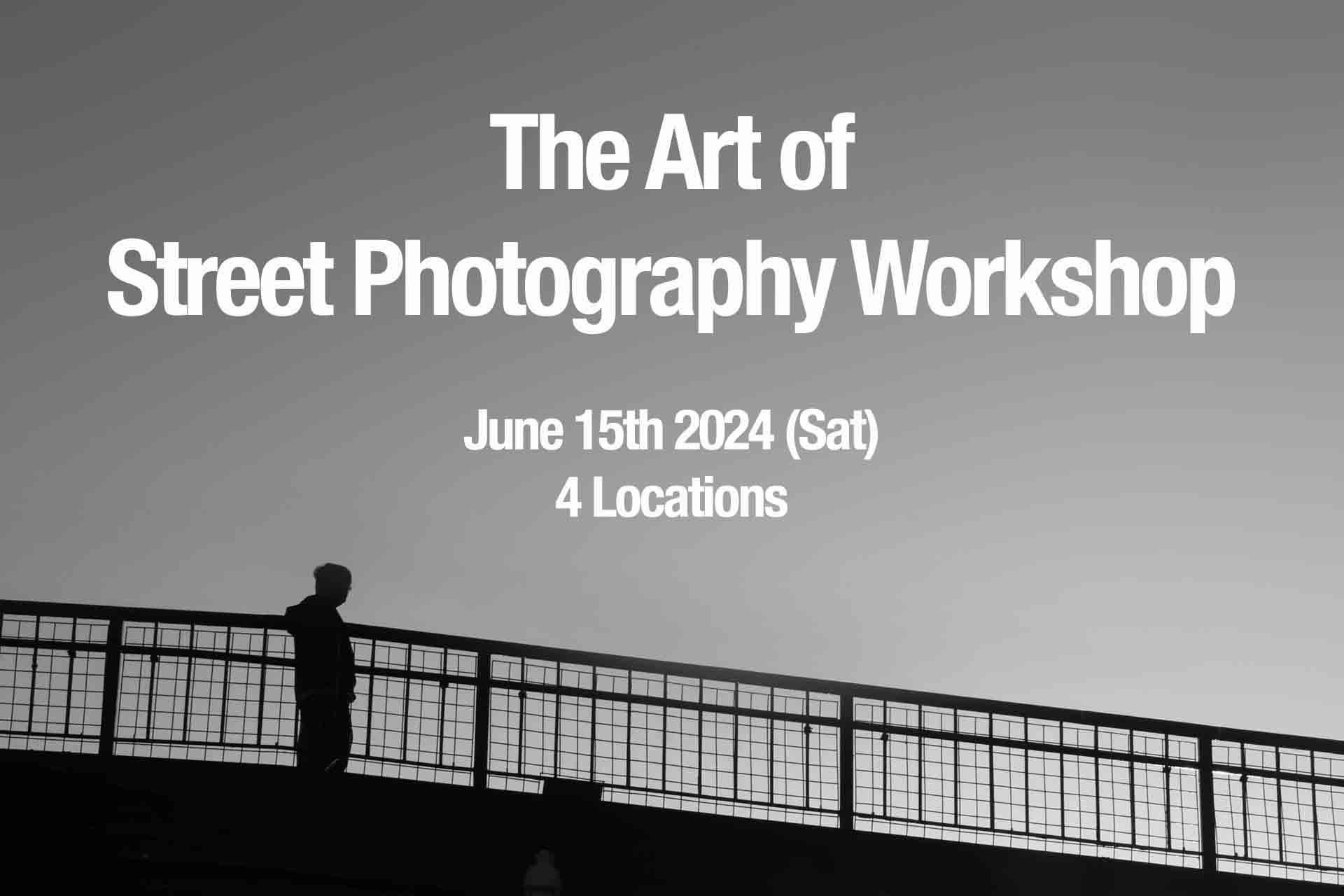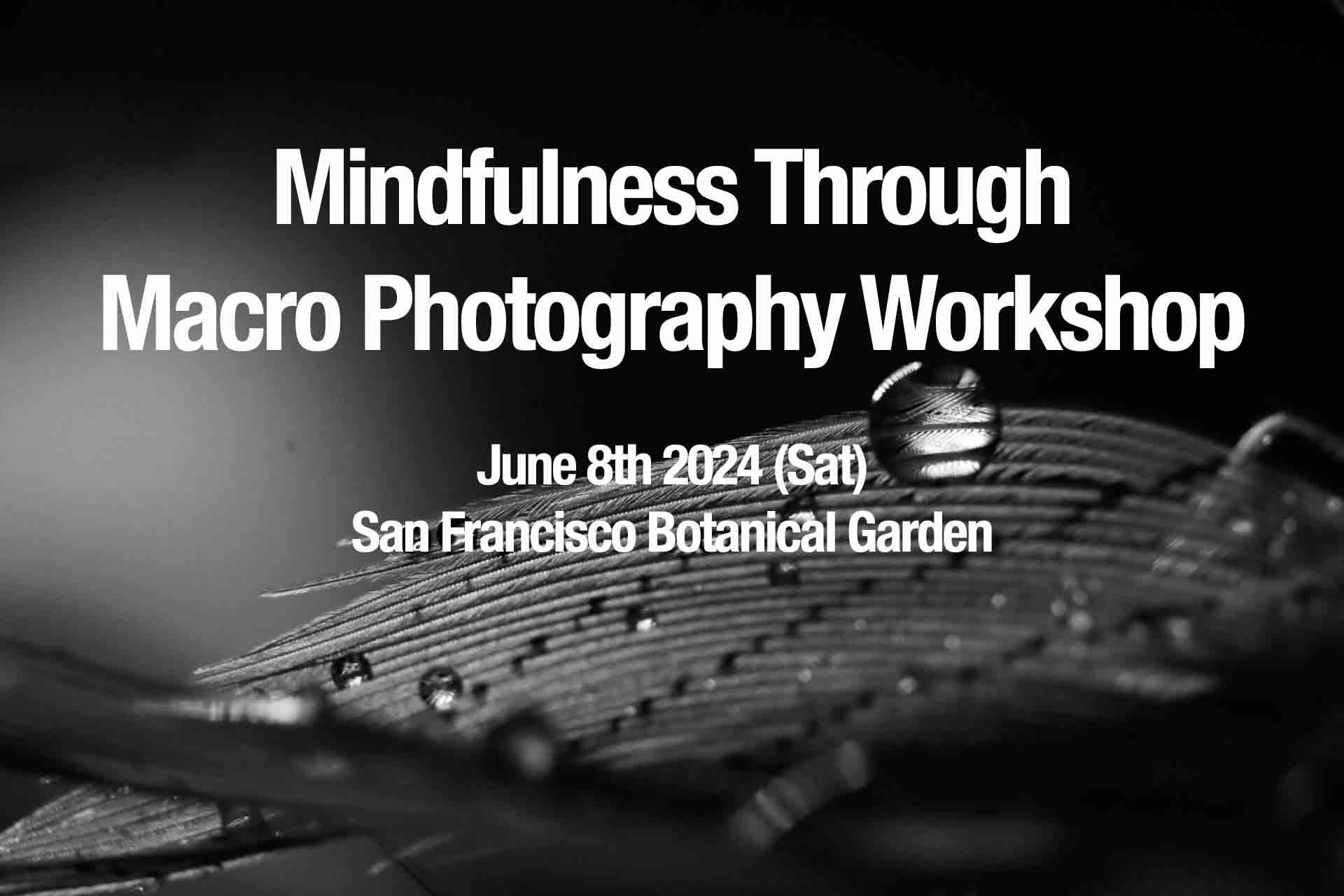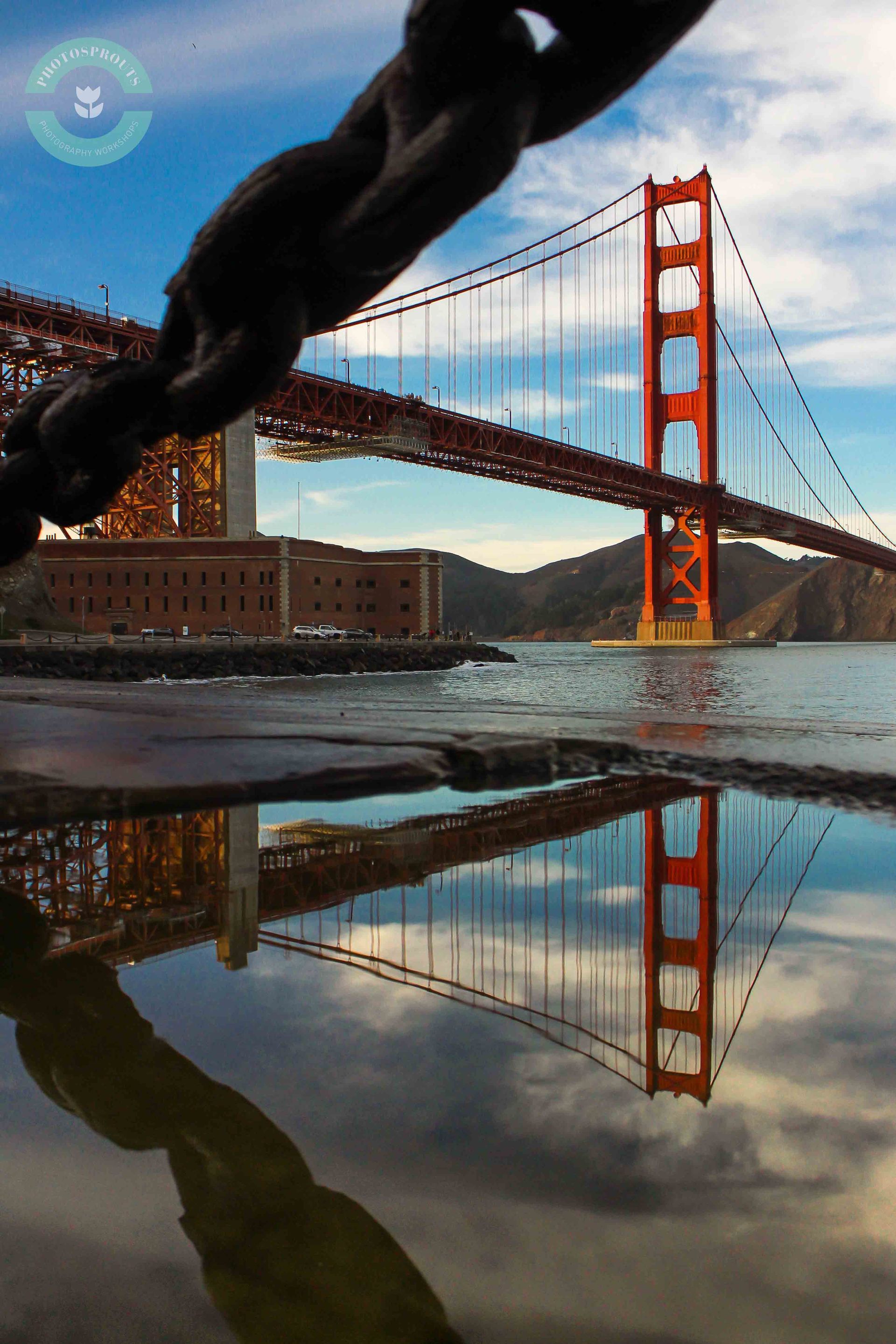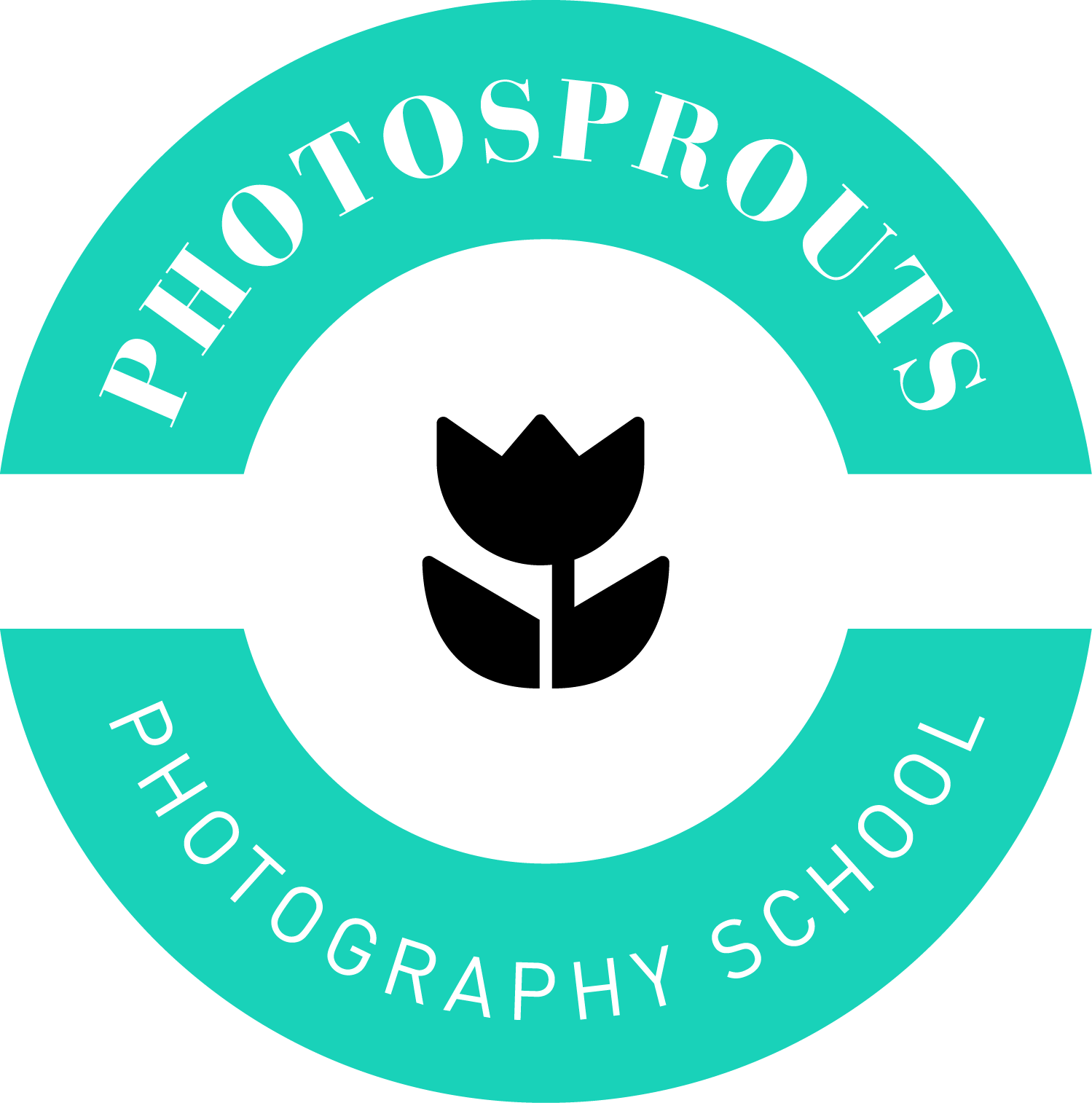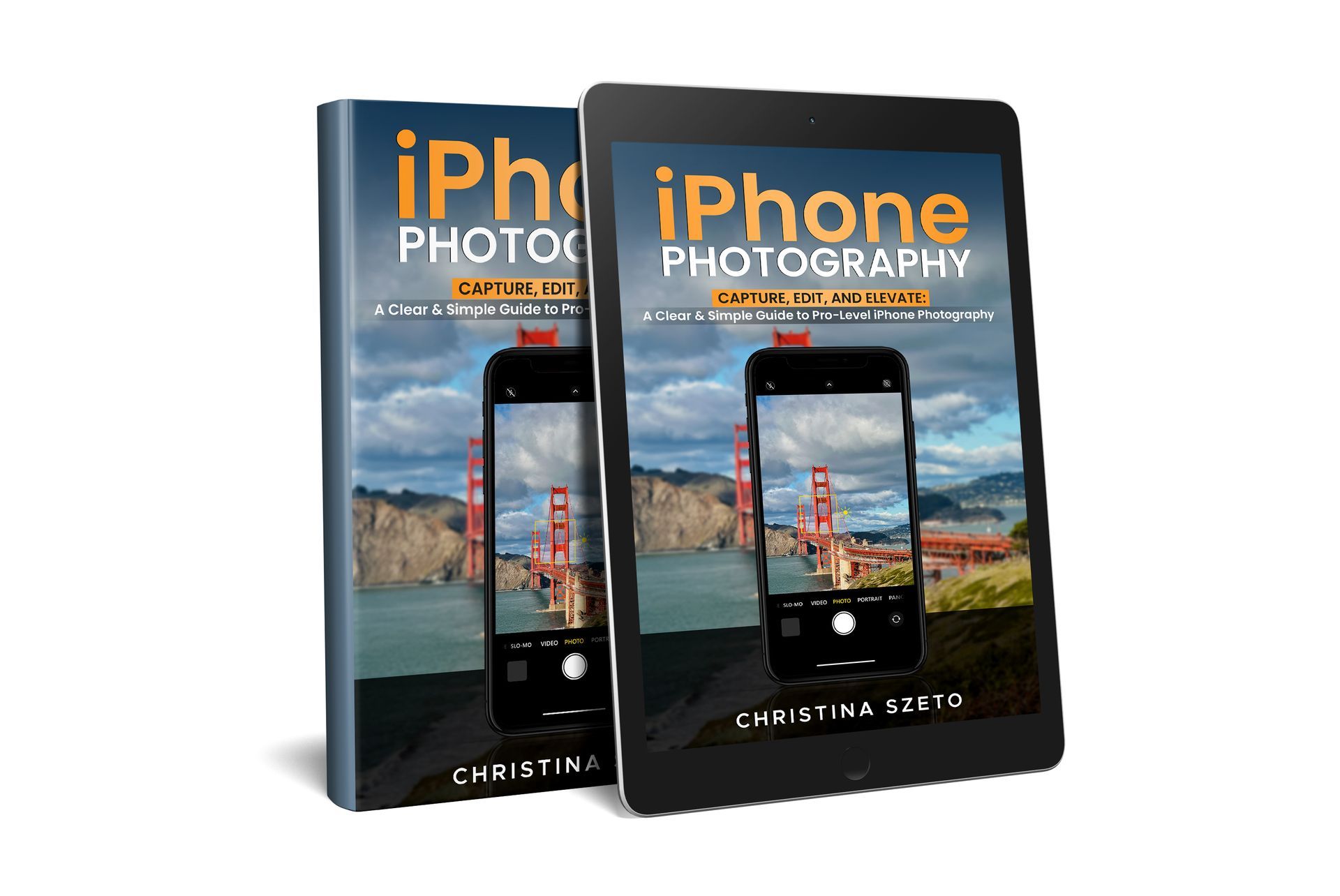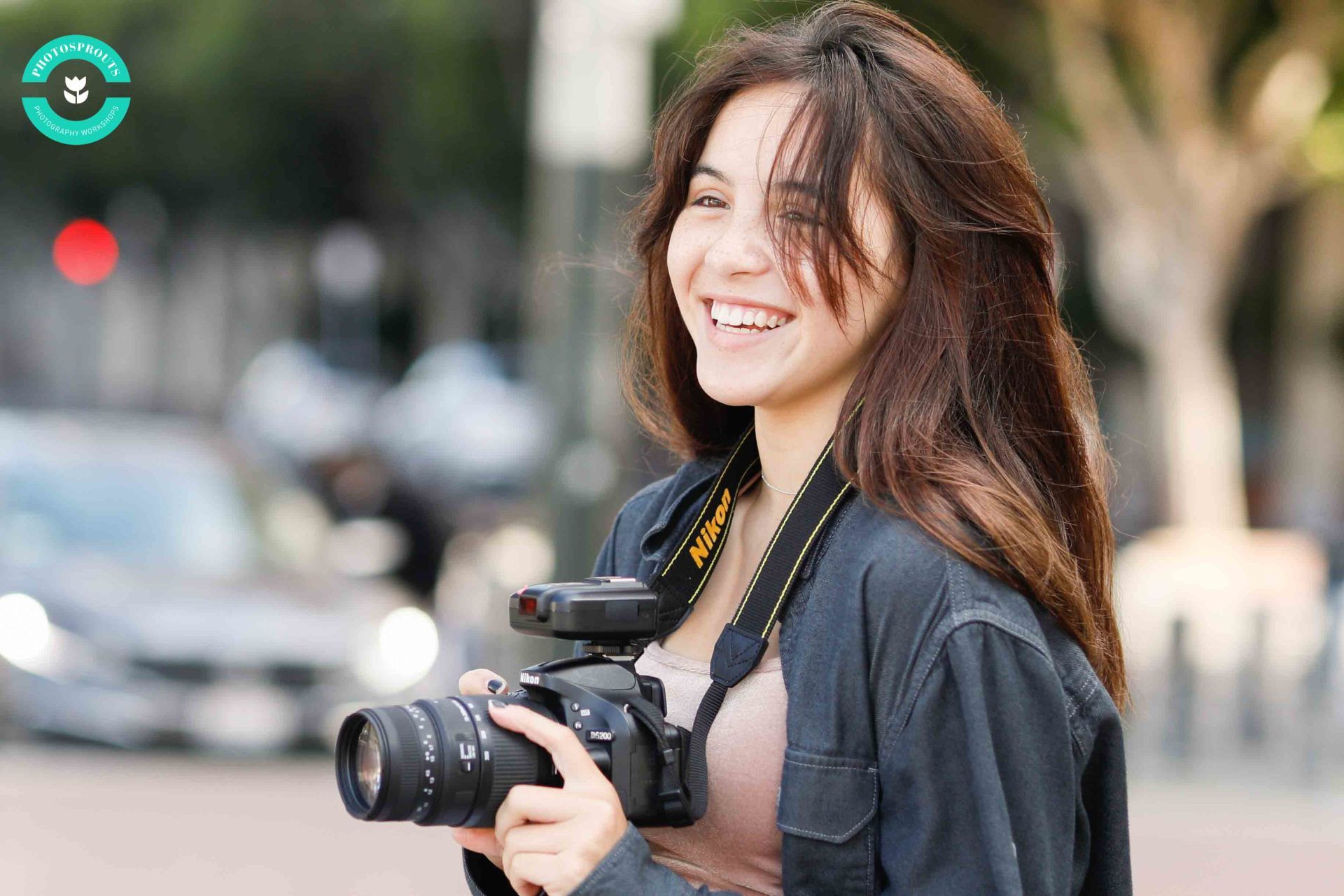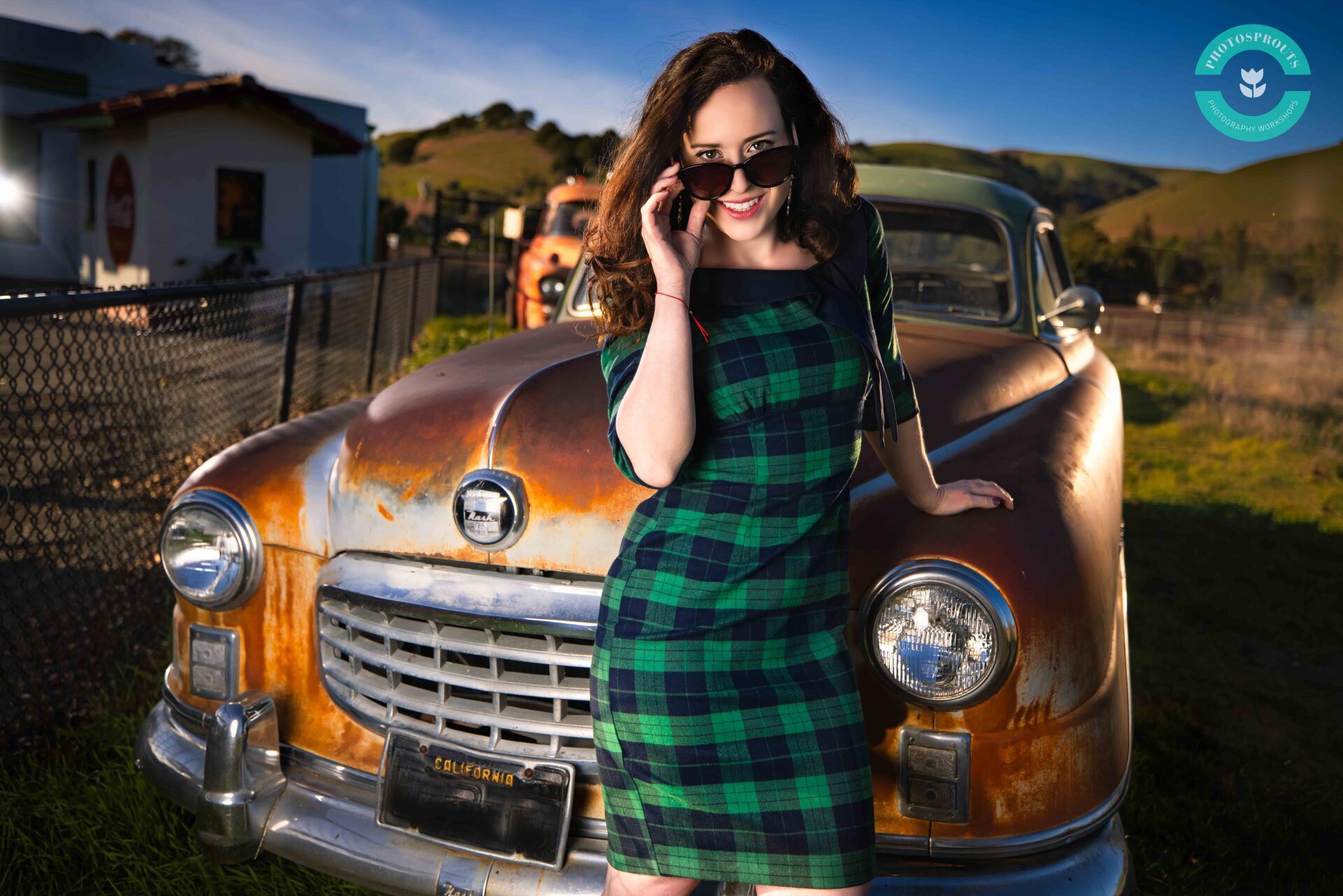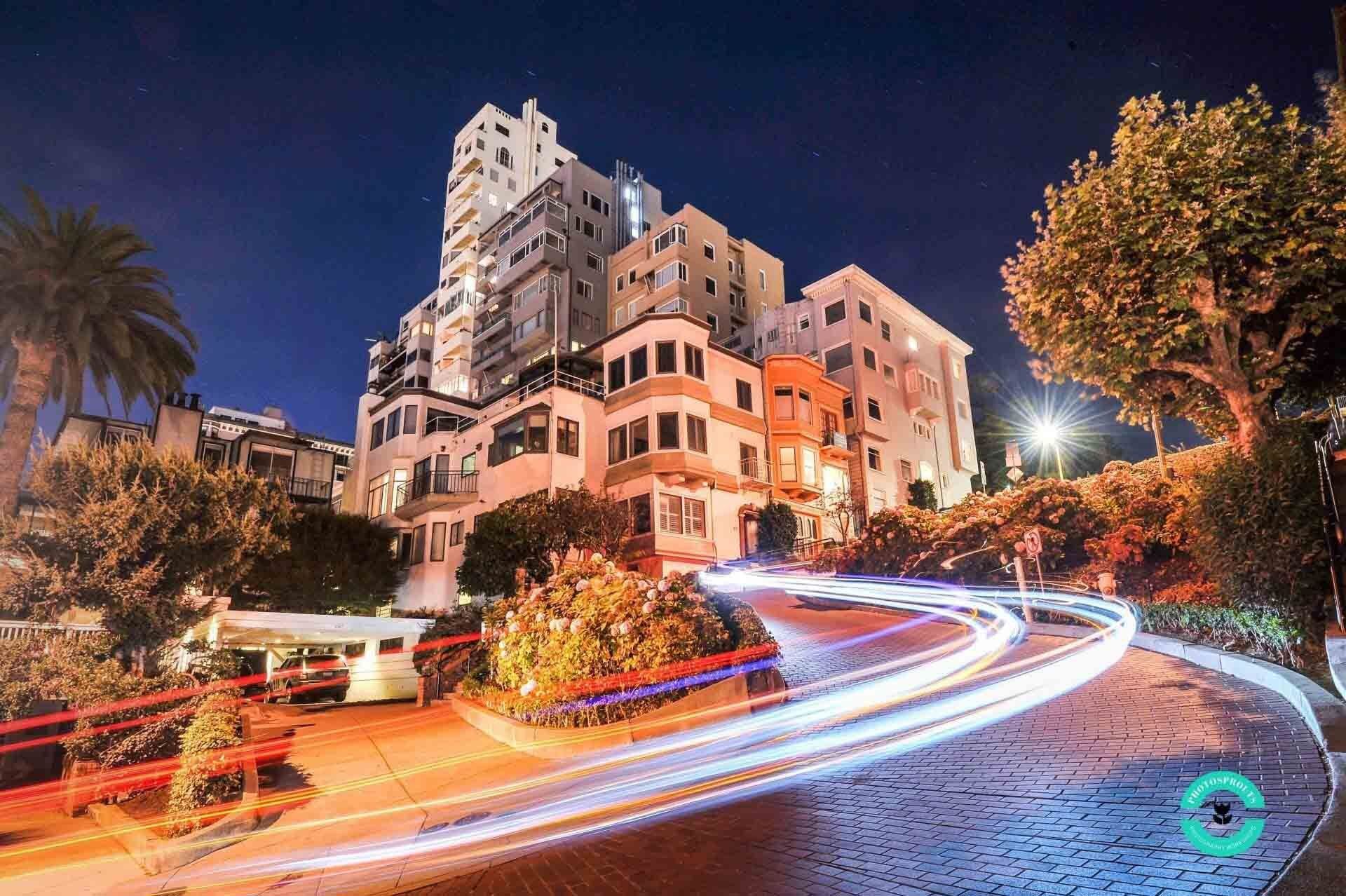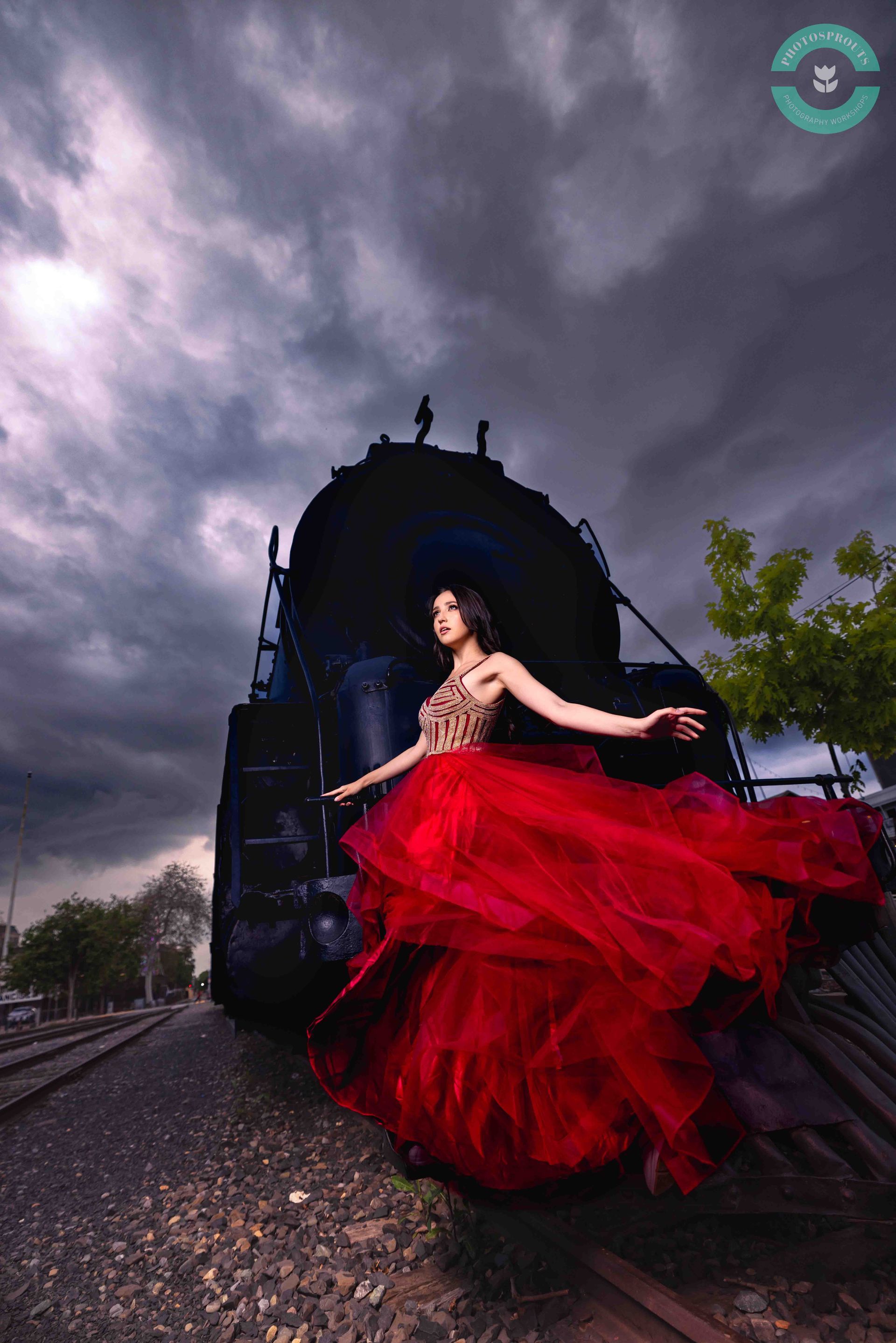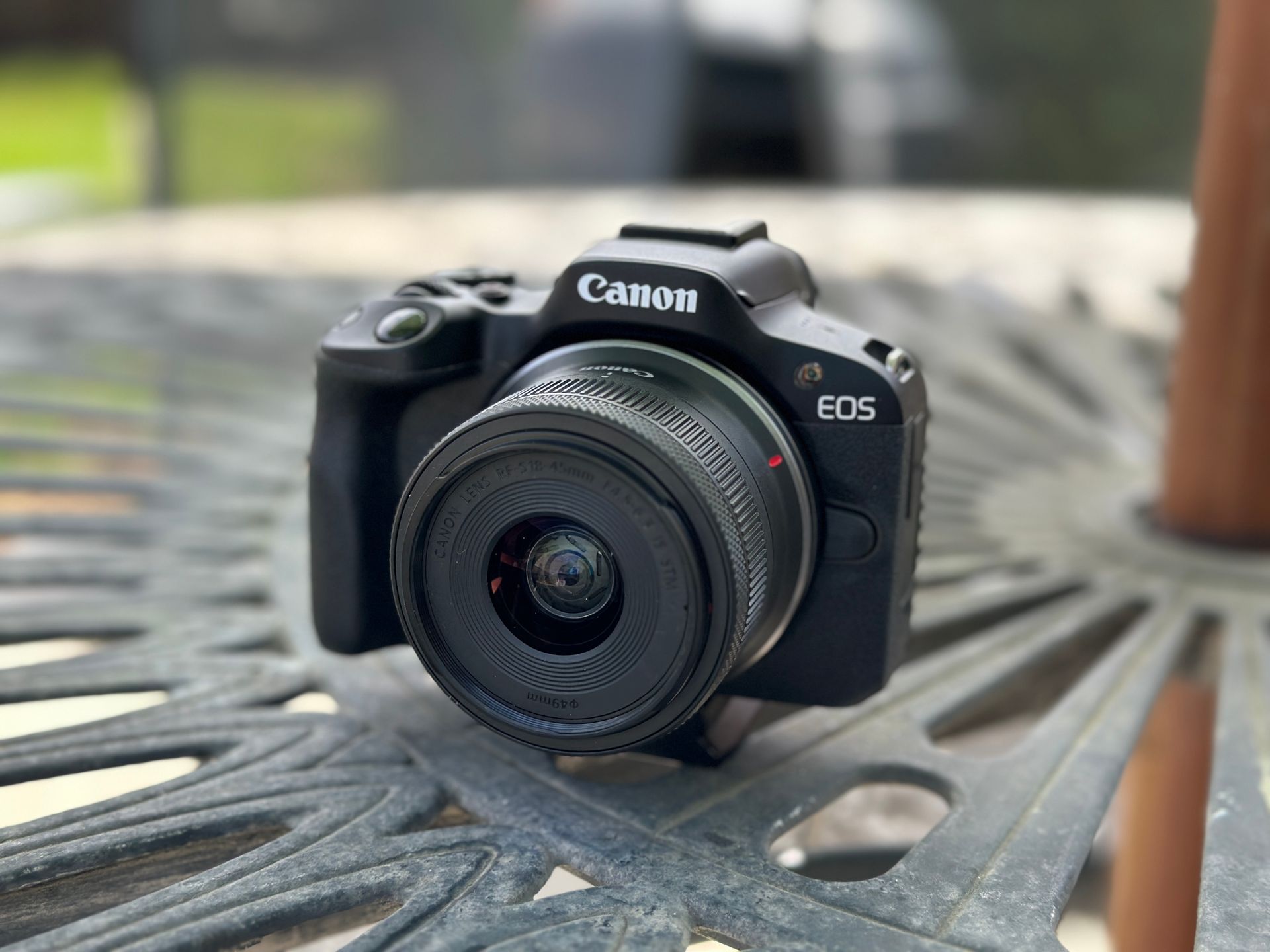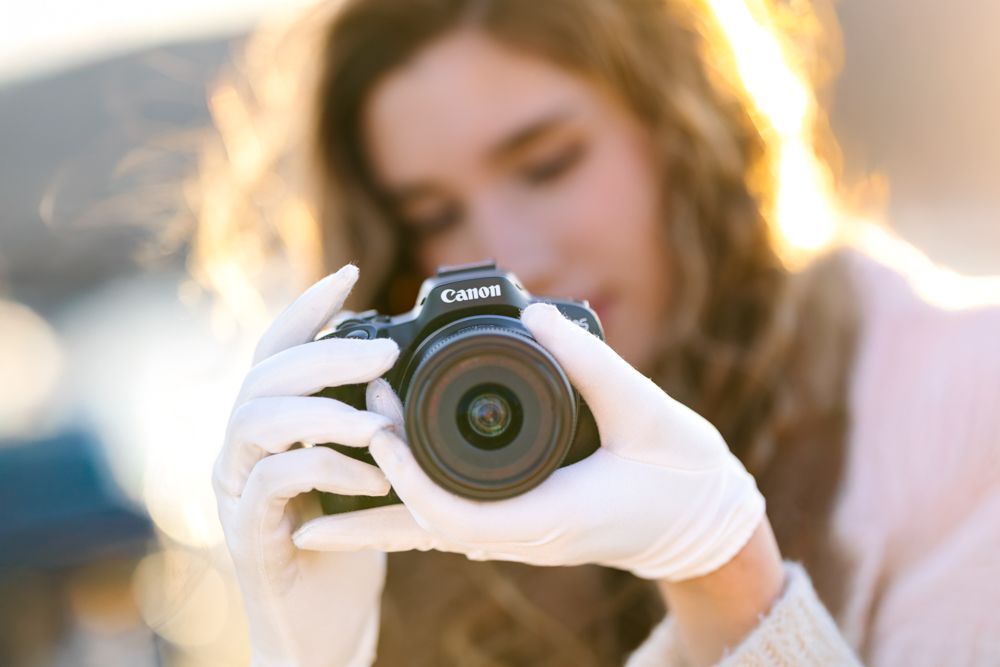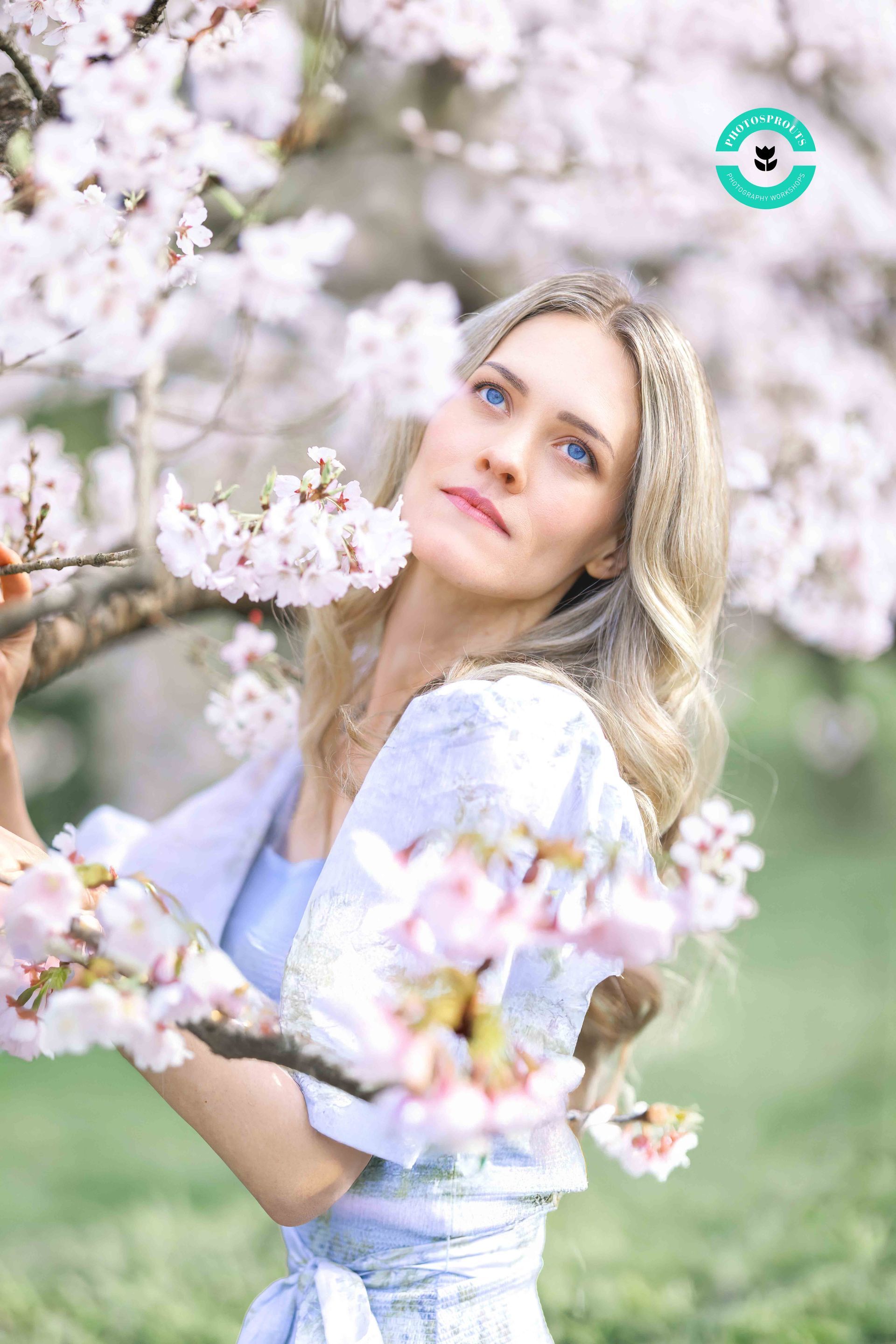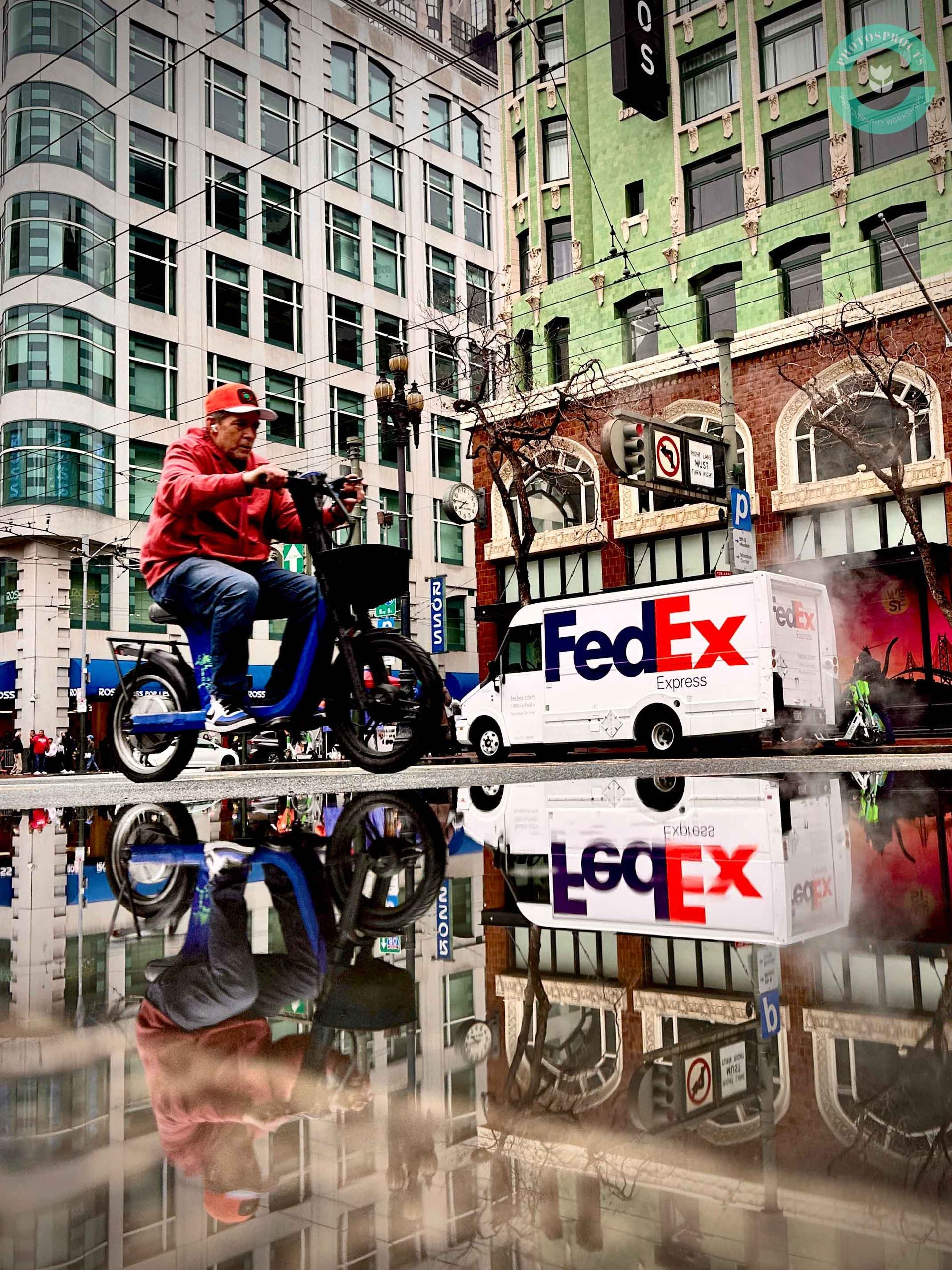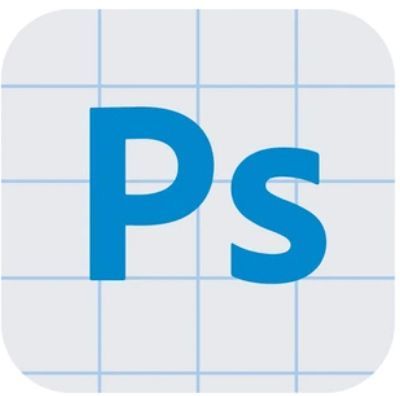How to pick a camera?
The 7 Most Practical Guidelines
How to Pick A Camera For Content Creation,
Every Photography & Videography?
Not sure which camera to buy for content creation, everyday photography and videos?
Some cameras look light and nice but they will be hard on you. You will regret immediately after you learn the basics of photography.
These are the 7 practical guidelines that a beginner can get from a photography teacher (for more advanced level photographers, please scroll down more to look at more factors).
1. The Ease of Use
I don’t care how fancy the camera is, if I have to push a few buttons to get what want, I will get frustrated. There are only 5 core settings that you need, so an ideal camera should have separate buttons, with each button dedicated to one setting only.
‼️Trap: Some buttons on a camera might have multiple functions: e.g moving the focus point AND changing the ISO. You'll have a hard time shooting fast on these cameras.
‼️Trap: For some cameras such as the Sony a6000, as big-finger users rotate the selectors on the camera body to change the f-stop, they can accidentally press (instead of rotate) the selector to enter a different setting and will have a hard time leaving that setting.
🔥Tip: Watch Youtube tutorials on "how to change the ISO, aperture, shutter speed and focus point on the _camera model" to see if it's easy. Do NOT only watch the reviews.
2. The Number of Focus Points
The more the focus point the better. Unlike DSLR cameras that only has a fixed number of focus points in each model, now we are in the era of mirrorless cameras, you can literally place the focus anywhere on the frame. See the video below for example.
3. The Weight
Trust me, if you are just starting off your photography journey, you never want to carry a heavy camera around. So choose a lightweight camera.
4. A Flip Screen
Having a 180 degrees flip screen is definitely a gamer changer because it allows you to capture interesting photographs such as the reflection of water puddles which can only be shot from a low angle.
‼️Trap: Even though a camera might have a flip screen, it may not be a 180 degrees one. Instead, the screen can only be pulled out of the camera body by a tiny bit and you won't enjoy the joy of having flip screen.
🔥Tip: Make sure the screen can be flipped 180 degrees. Be specific in using the keyword "180 flip screen" in your research. See the below video to learn what's a 180 degrees flip.
5. A Tap Screen
You need to have tap screen. In the video below, do you see how I can easily place the focus on the subject by just tapping on the screen? Also, when you are shooting long exposure such as the water motion, light trails, you will never need an extra accessory to start the shutter.
‼️Trap: While most newly launched mirrorless cameras have tap screen, some don't (e.,g Canon R100, so don't buy this camera).
🔥Tip: Be sure in use "tap screen" as the keyword when you do your research.
6. Eye AF
I cannot live without it. How did I survive all the photo sessions before Eye AF came into play, it’s just like you can’t go back to the world before the internet. Eye af allows the photographer to quick place and lock the focus on the subjects eye, and you don’t have to move the focus everytime when she moves, the camera will automatically do it for you.
‼️Trap: Most mirrorless cameras have Eye-AF but not every single one has. Some mirrorless cameras only have face detection but this is NOT Eye AF. Face detection allows you to place the entire focus on a human face, instead of specifically on one eye.
🔥Tip: In your research, watch videos on the Eye AF performance of the camera. Is it able to grab the focus fast? Is it able to correctly track the subject's eye as he/she/it moves? Does it have Animal Eye AF in addition to human's?
7. Mirrorless vs DSLR
There is really no point for you to buy a DSLR camera nowadays because it will be phased out pretty soon. The mirrorless world has got all the major benefits that we just talked about, so you should go mirrorless.
‼️Trap: Some point-and-shoot cameras look like a mirrorless one, don't be trapped.
🔥Tip: First, understand the difference between a "DSLR, mirrorless vs point-and-shoot camera". Then, in your research, Google the key phrase "_camera_model mirrorless or dslr or point and shoot?" You'll see the answer.
For More Experienced Photographers, you'll need to consider a few more things
- Crop sensor vs full frame cameras
- Fixed vs interchangeable lenses cameras ("good-looking" and lightweight cameras like the Fuji X100VI may only have fixed, undetachable lenses, just be careful)
- The frame rates (this will affect the smoothness of slow-motion videos)
- The burst rates (this will directly affect the success rate of your action shots)
- Back-button focusing capabilities (you'll need BBF in portrait and action photography)
- Maximum shutter speed: 1/4000s vs 1/8000s vs 1/16000 (this will affect OCF photographers when they need to shoot on F1.2 in bright day light)
NOT RECOMMENDED
- Sony A6000, a7iv or lower (complicated menu, missing a fully functional touch screen, hard-to-dial buttons)
- Canon R100 (a total scam; it should belong to old age technology, I don’t know why they offer it as a new mirrorless product linkup)
- Any Nikon Coolpix series (horrible point-and-shoot cameras that either look like a mirrorless or as bulky as the 80s video cameras)
Most People regret buying the camera before they learn photography.
Therefore, we provide the equipment
during the class so you will know how it feels to shoot on an affordable, decent camera and you won't settle for less.
🔥Photosprouts Photography Workshops
🔥Top rated photography workshop in San Francisco
🔥The only photography school that provides a camera & lenses for each student
🔥www.Photosprouts.com
.
UPCOMING WORKSHOPS
